Flower Power: Designing Delight 以花說故事
As featured in Fête CHinoise design annual 2023
English 英: Deborah Lau-Yu · Chinese 中:Christina Li 文禮
Photography: Courtesy of This Humid House
Wedding installation with Lipstick palm tree, teak flower and tiger orchids. 以紅色棕櫚樹、柚樹花、虎蘭設計的婚禮佈置
Hot and humid Singapore is home to one of the most inhospitable climates in the world. The city’s geographical location at the southern tip of the Malay peninsula, about 85 miles from the Equator, makes it feel like a year-round tropical greenhouse. Which is precisely why John Lim wouldn’t think of living anywhere else. As the co-founder and principal designer of This Humid House, Lim uses Singapore’s sweltering environment to his advantage.
His floral design and manufacturing company literally flourishes in such hot and sweaty conditions, creating the most breathtaking indoor floral arrangements from tropical plants. To quote John, “It’s about creating beauty out of the fruit of the climate.” And that fruit is accordingly large and luscious, as seen in the company’s exquisitely designed centrepieces. Plants and florals form a dialogue in these centrepieces that John creates using the same rigour and curiosity that he once applied to architecture, the field in which he was educated and formally applied his creativity before discovering the aesthetics of plants.
Reception table arrangement with graffiti anthurium and aloe flower at Mandala Club Singapore.
火鶴花(又名紅掌)和蘆薈花的花藝擺設
He previously hadn’t thought of floristry as a serious profession, thinking it, in his words, bourgeois and a more or less vocational pursuit. He entered the practice serendipitously while helping his brother with his wedding arrangements. Both the impending bride and the groom had familiarity with tropical plants — he being from Singapore and she from Florida. It felt odd to them to have floral arrangements centred around roses, and hydrangeas, plants they had never grown up with. At the time, new ideas were starting to infiltrate floristry, a result of adventurous designers, wanting to use unconventional materials that went beyond roses and peonies in wedding displays.
Mokara orchid, flame marigold, rust banana and saffron ixora were used for a wedding welcome installation. 以莫氏蘭、金盞花、鏽色香蕉、及蕃龍船花為主題的婚禮迎賓擺設
Sponsored by Ferris Wheel Press
Amaryllis welcome table arrangement at a wedding. 孤挺花婚禮座枱擺設
美國著名女詩人Mary Oliver說過:「每天我總會看到或聽到能令我快樂無比的東西。」 這正好道出知名花藝設計師John Lim的心底話。John是近年獲獎無數的花藝設計工作室This Humid House的負責人兼聯合創辦人。工作室的名字恰好反映其所在地──新加坡的亞熱帶氣候 。他與團隊每日埋首於炎熱而潮濕的環境中,為客戶創作出獨一無二的花藝裝置,用花卉植物訢說一個又一個故事。John分享:「 我們每件創作都以環境為靈感,栽種奇妙的故事。」
This Humid House能夠在短時間堀起,John原本的建築師專業居功厥偉。在北京工作的數年間,每週工作百多小時成就了John今日用於花藝專業中的耐性、嚴謹、好奇及愛創新的思維。長久以來,花藝工作只被視為工藝而已,隨時代轉變,花藝設計變得更講求專業、創新。談到設計哲學和法則,John分享了倫敦花卉學校創辦人的想法:「先要解決為什麼?」 以設計宴會枱花為例,它有一般格式和常規設計概念,所以設計師要先了解為什麼要製作宴會枱花?為什麼需要宴會枱花?尤其是花卉在西方文化中具有悠久的歷史,恰當地打破常規,才能令人耳目一新。
The task of designing the florals and plants for the big day ended up on John’s shoulders and since his brother and future sister-in-law both liked food, he proposed to put some of their favourite vegetables into the arrangements. The resulting centrepieces were so spectacular and unusual, that some of the guests at that wedding soon asked him to do arrangements for them. “Don’t ever underestimate the power of identity,” he says when looking back on what made the idea of working with flowers suddenly bloom for him. “When people connect with what you’re doing and it speaks to them at a level of identity things can get incredibly powerful.”
Slipper orchids, bananas, nerines and pineapples were the dining table decor idea for the National Gallery Singapore 5th Anniversary Fundraising Gala Dinner
以拖鞋蘭、香蕉、蒺藜和菠蘿作新加坡國家美術館五週年籌款晚宴餐桌佈置
「無心插柳柳成蔭」正好形容John的第一次的花藝設計經過。當年哥哥籌劃婚禮的時候,英式田園婚禮、歐式田園風大熱,但與來自新加坡的哥哥和美國佛羅里達州的嫂嫂的個性、愛情故事風馬牛不相及,且二人對於傳統的英倫玫瑰、繡球花毫不感興趣。最後,正藉休假的John便扛起這個婚禮的花藝設計任務。眼見花藝行業開始採用非傳統素材,又考慮到兄嫂愛吃的個性,John便大膽提議在婚禮佈置中加入一對新人喜歡的蔬菜作為裝飾。別出心裁、個性十足的設計令賓客讚不絕口,更吸引了其他朋友即場要求為其婚禮設計。那次經驗令John深刻明白到設計的基本就是要了解客人,展現獨特個性:「永遠不要低估個性的力量!當人們明白您所付出的心思、被觸動到,它就會變得非常強大。」
That sense of identity runs deep in his work. John brings to it an East Asian aesthetic, a result of where he has lived, and grown up, which is what makes his floristry practice, so rare and special. John actively explores notions of culture in his design approach. With a focus on the contemporary, he brings a distinct narrative and consistency of thought in every masterpiece that he and his team creates at their Singapore design studio. The centrepieces evoke an emotional connection, no matter the scale, from a small floral arrangement to a large-scale museum exhibition to a landscape design for a park. John’s creative handling of living plant materials combined with his genuine passion for plants and flowers, gives rise to an expressive visual language that communicates an East Asian identity with wit and vigour.
Bismarckia and fox tail lily for used for traditional wedding tea ceremony installation.
用霸王棕櫚和狐尾百合,作中式婚禮敬茶儀式佈置
The dialogue combines elements of the past with the present. Sparks of inspiration come from Chinese history and painting, as well as from east Asian poets and painters who depicted plants and flowers in modern ways in their own time, among them the celebrated Chinese opera singer, writer and actress, Lu Xiaoman (1903-1965). Other influences have come from a woodblock print from the Asian Civilizations Museum in Singapore, as well as from an extensive home reference library filled with books, prints, and other art objects, which at any moment, play a role in inspiring the next creation of meaning and beauty.
Grevillea, amaryllis, pineapple plant, cannonball fruit, banana flowers, fruits, bamboo shoot, lily, Schefflera berry, lotus banana, mango, buddha palm lemon were used for the installation in collaboration with Hock Siong for National Gallery Singapore's 2021 gala honouring the life and work of Georgette Chen.
新加坡國家美術館五週年籌款晚宴入場擺設,用上了銀樺、孤挺花、菠蘿植物、砲彈果、香蕉花、水果、竹筍、百合、鵝掌藤莓果、香蕉、芒果、檸檬等花果
This Humid House的作品之所以吸引我們編輯團隊,是他們所展現的獨有東亞美學設計,美麗而充滿獨特個性,衝擊着花藝設計的傳統審美觀念和文化。以當代設計出發,他們的每一件作品都具有獨特個性和思想。無論是小型擺設、大型博物館展覽,還是園林設計,都能觸動人心。John與團隊善用生活元素和大自然的關係,以生動的故事形式展現對植物花卉濃厚的感情,利用繽紛的花藝展示東亞文化獨有的知性美。
Dining table decor with daffodil, garden Rose and lotus fruit.
以水仙花、玫瑰和蓮藕為主題的餐桌擺設
When asked about his approach and philosophy, John shares an anecdote about the founder of the London Flower School who, before setting up her own business, asked herself, “Why are we making a centrepiece? And why do we need a centrepiece?” These questions, John says, became an important part of his own exploration of floral arranging as an applied art. They made it relevant somehow. As he made his own inquiries, he discovered that plants and flowers have played an important role in human life and culture since the beginning of civilization. There is a strong relationship between people in nature, and it is often expressed through plants and flowers and everything from religious rituals to healing practises to personal pleasure. John gives the example of the peony, whose origins can be traced to China.
Bamboo shoot, lily, Schefflera berry, lotus banana, mango, buddha palm lemon were used for the photo call installation in collaboration with Hock Siong for National Gallery Singapore's 2021 gala honouring the life and work of Georgette Chen. The mangoes are harvested just a street away from Chen's home.
向Georgette Chen致敬的宴會拍照佈景用了竹筍、百合、鵝掌藤莓果、香蕉、芒果、檸檬等裝飾,最有趣的是,所有芒果是來自陳家附近芒果樹的收穫
Research shows that in the Tang Dynasty, tree peonies were established symbols of female beauty. They also represented love, wealth, and status. By the time of the Song dynasty, the peony had become a favourite subject of Chinese painters. Today it is one of the most auspicious flowers in feng shui where it continues to symbolise love, prosperity and beauty.
Other culturally significant flowers are plum blossoms and orchids. Bamboo is also considered a symbol of good fortune. There are many more examples that depict a whole history of plant cultivation for pleasure and cultural pride. As John points out in Chinese aesthetics, there are endless pictures of plants and flowers in arts and crafts, paintings and carvings. By exploring these works and understanding their significance and relevance as to when they were created, and why John feels that as a designer he can draw power from their ancient narratives to create pleasing floral arrangements for today’s consumers. Some of Singapore‘s finest interiors regularly showcase his work on tabletops overhanging with winter melons and floral arrangements made from lychee branches.
Each creation bears the respect and intention of his design philosophy, and recall the magnificent nature vistas seen in larger-than-life Chinese scroll paintings. They spark a romantic moment, even when the temperature outside is hot, hot, hot. “It is important,” John says, “for designers to understand that they have an active hand in shaping humanity’s relationship with plants and flowers… it is a privilege.”
Nipple fruit and tulips themed wedding table arrangement. 婚宴擺設用上了五代同堂及鬱金香
要學會說故事,先要多看故事。John博覽古今,源源不斷的創作靈感及眼光是經過長年累月的閱讀、涉獵,慢慢累積。他對中國歷史、山水字畫、舊物均有研究及收藏,另外亦醉心描述花草林木的現代文學、視覺藝術作品,例如清末文壇繆斯陸小曼的作品、亞洲文明博物館內的館藏木版畫。植物花卉一直生活文化中舉足輕重,不同時刻、大小場合、重要儀式、個人娛樂都可見其蹤,例如中國的牡丹象徵着美麗典雅。藝術品、雕刻、手工藝、畫作等,都會用上各式各樣花草林木來點綴,借物抒情,用心細味便能啟發今日的設計。John分享說:「設計師必須明白他們身負重任,能掌握人文生活與大自然生命的關鍵,亦是一種榮譽。」
This Humid House 的花藝創作,用色配搭新穎:鬱金香配五代同堂、纍纍瓜果襯以繁星小花,或張狂四瀉懸垂而掛,亦可以如盆景昂然佇立,給予觀者穿越時空,走進中式捲軸畫內世界的無限想像,把夢幻而唯美的故事情境活龍活現。
Screw pine fruit, agave, sedge grass and a fabulous de Gournay wallpaper were included in Elizabeth Hay’s Design home styling. Elizabeth Hay Home Design 用了露兜樹果、龍舌蘭、苔草及華麗的de Gournay牆紙做家居設計
Photographed by Neon Projects
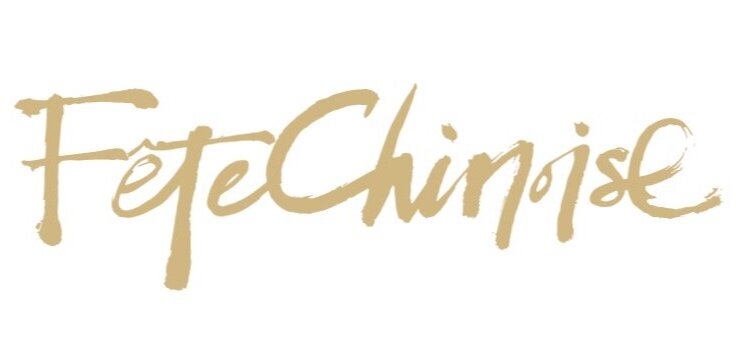























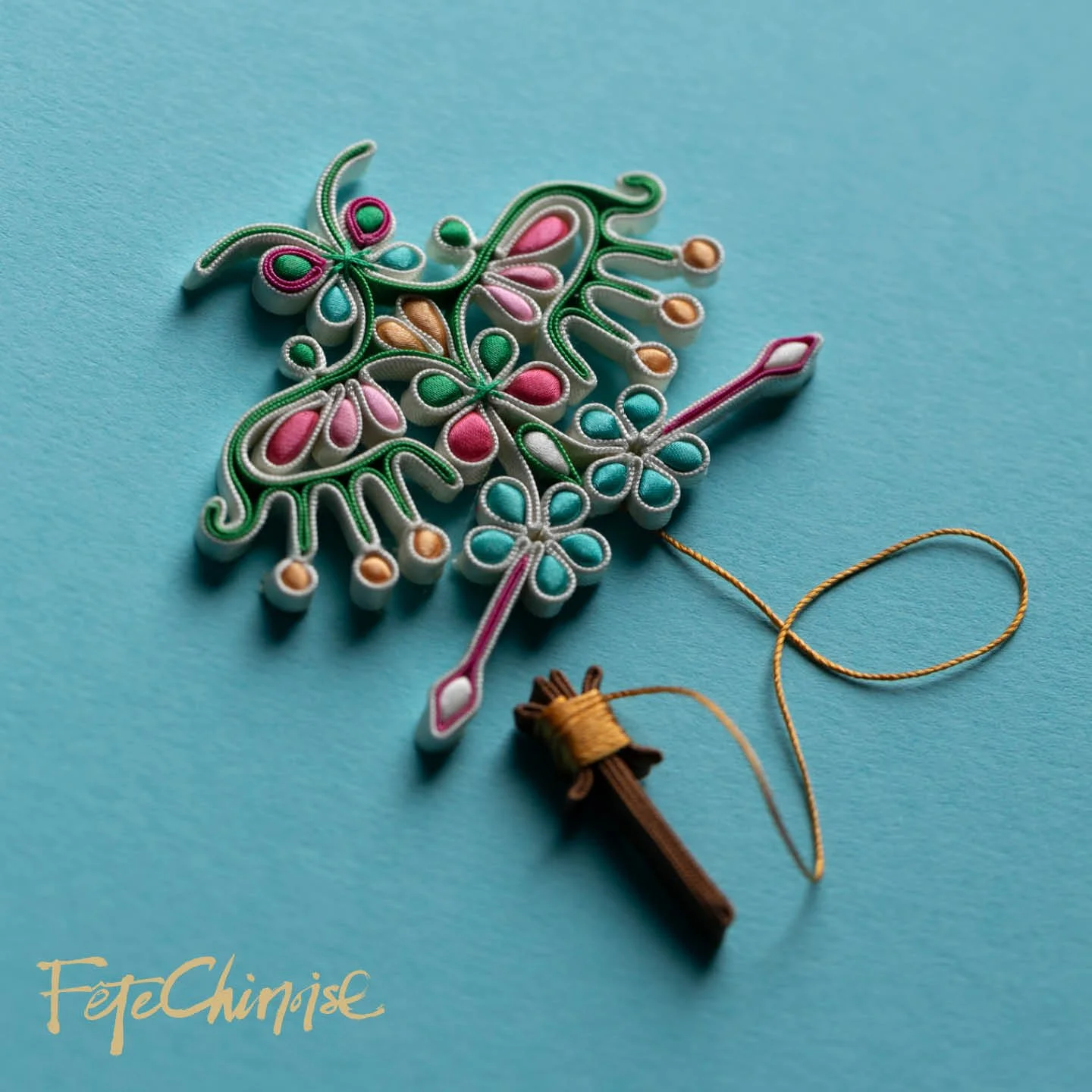

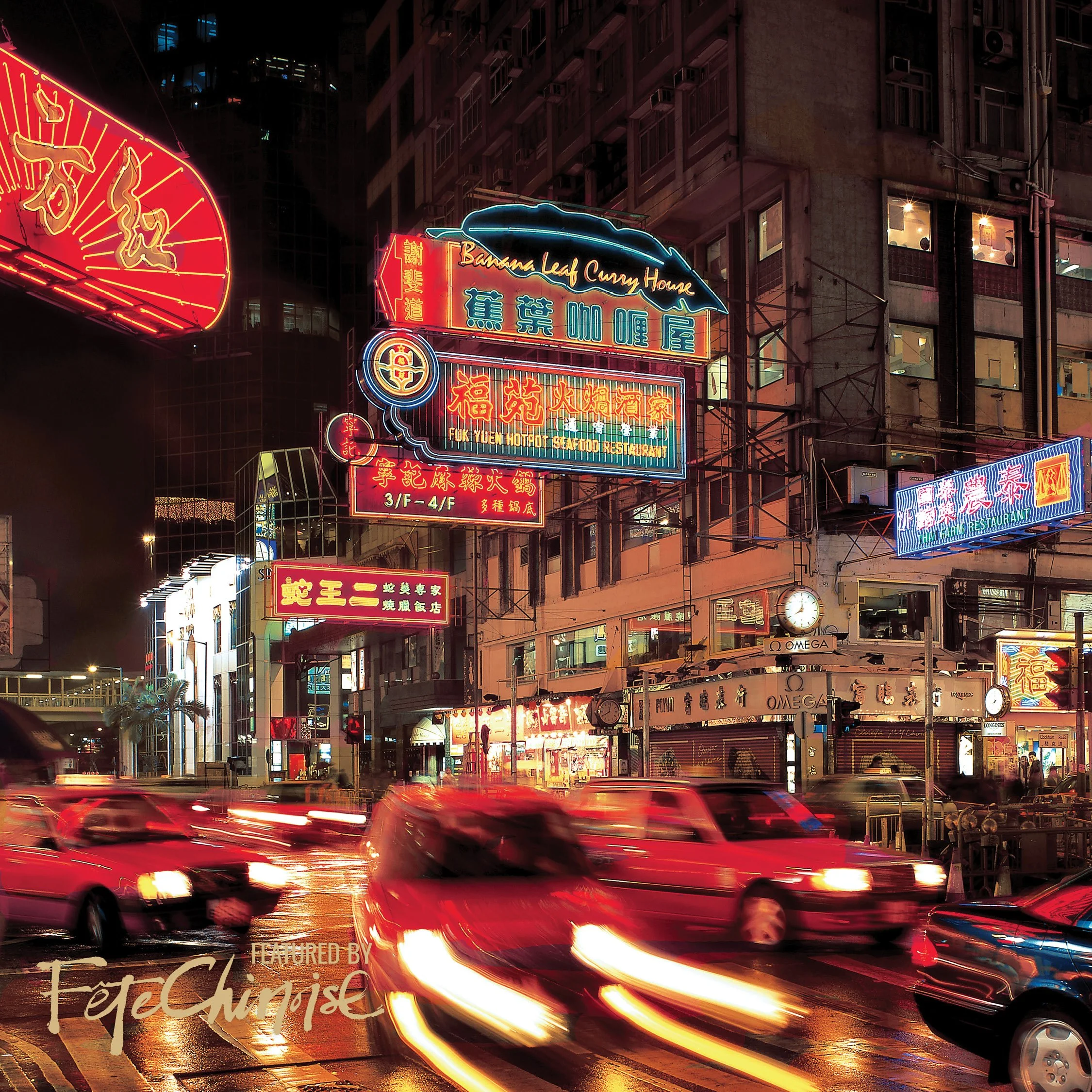

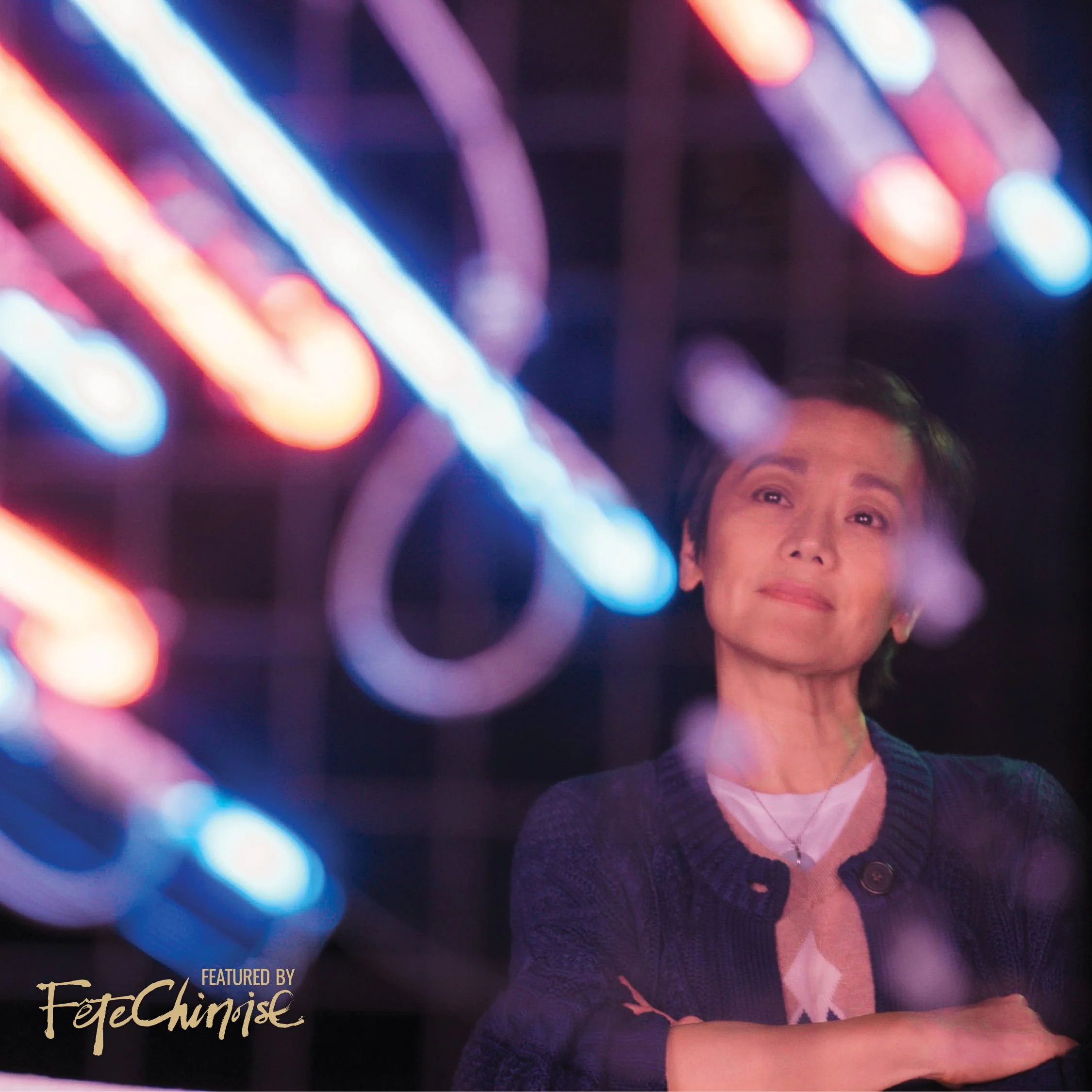
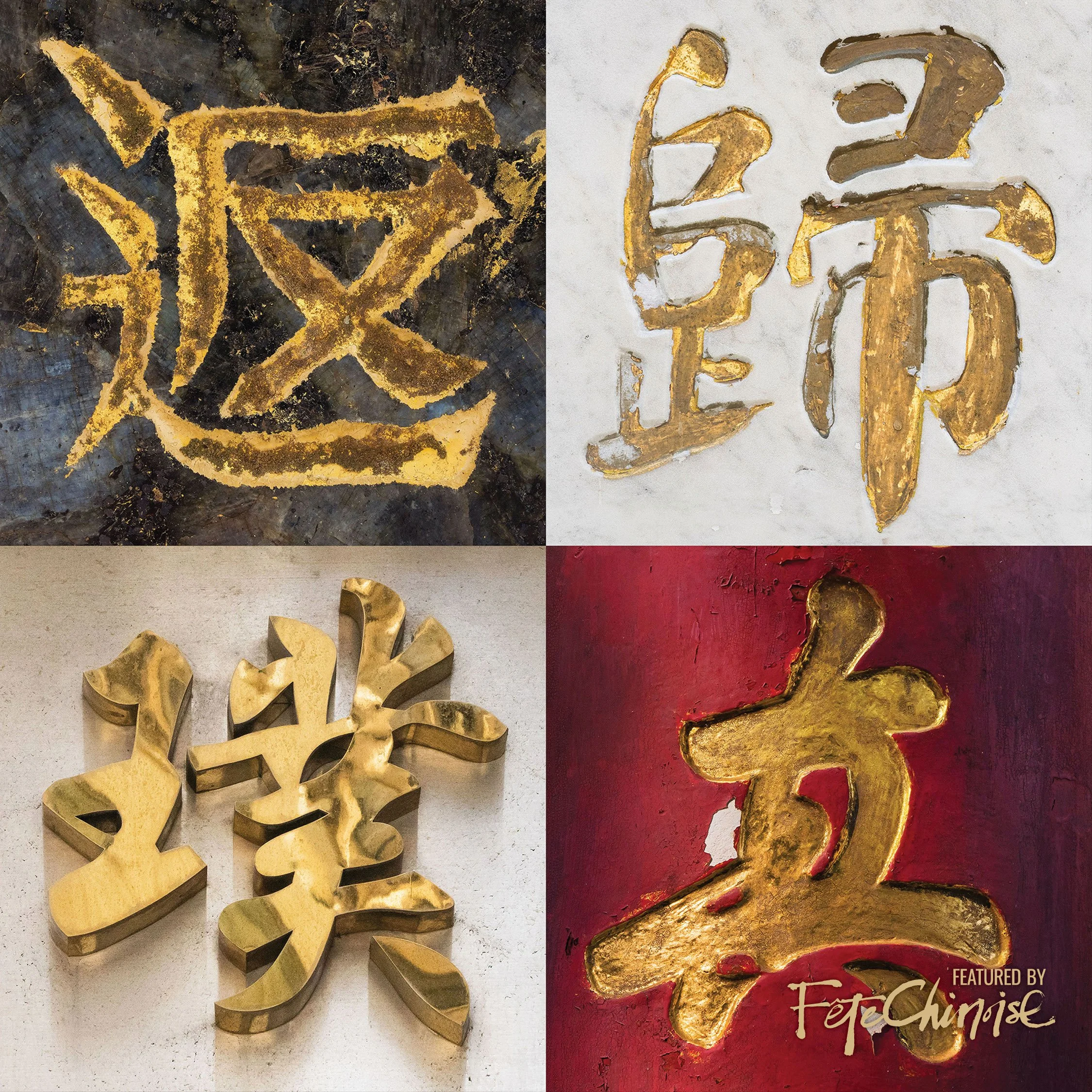

Chinese culture values symbolism. On important occasions like the wedding banquet, the ingredients used are chosen with care, and each dish carries different meanings. A typical Chinese wedding banquet menu includes either ten or twelve dishes, symbolizing "full and perfection" or implying that the couple will have happiness throughout the twelve months of the year. For this special feature, we invited Rovey Chinese Catering and Private Dining, to demonstrate twelve classic Chinese wedding banquet courses and introduce the meaning behind each dish.